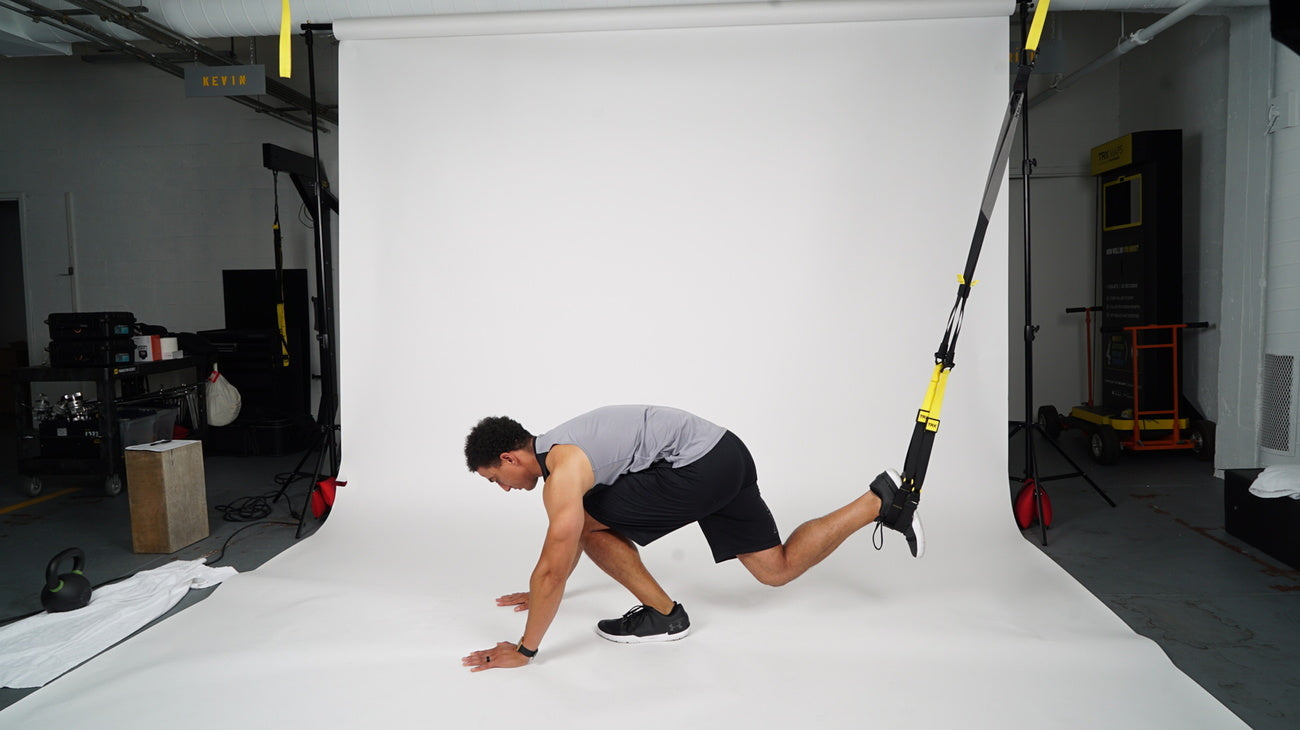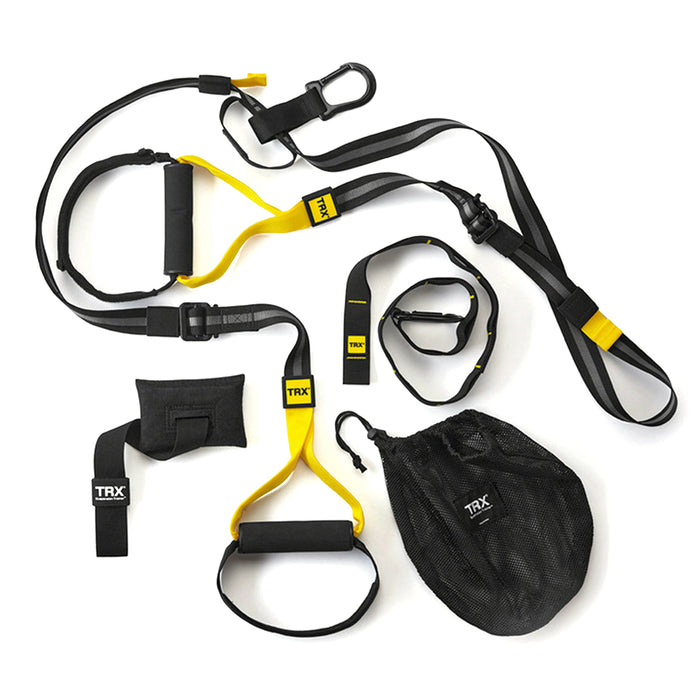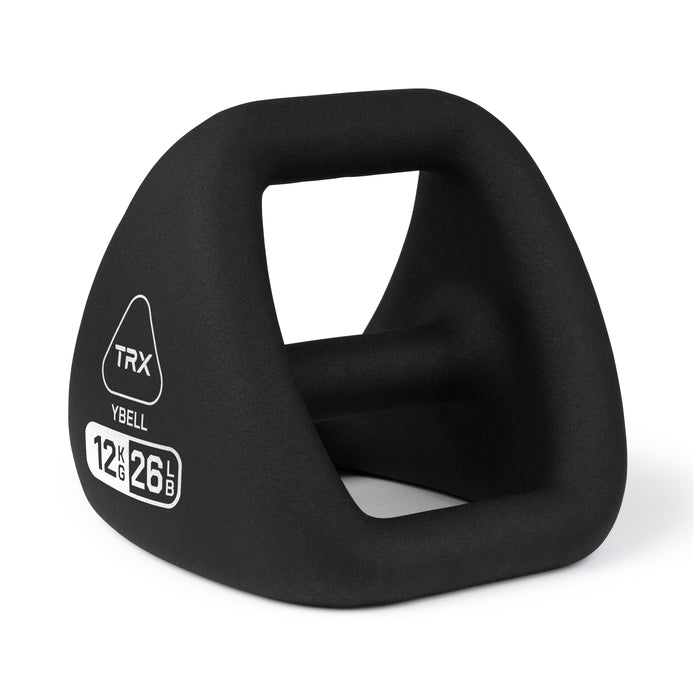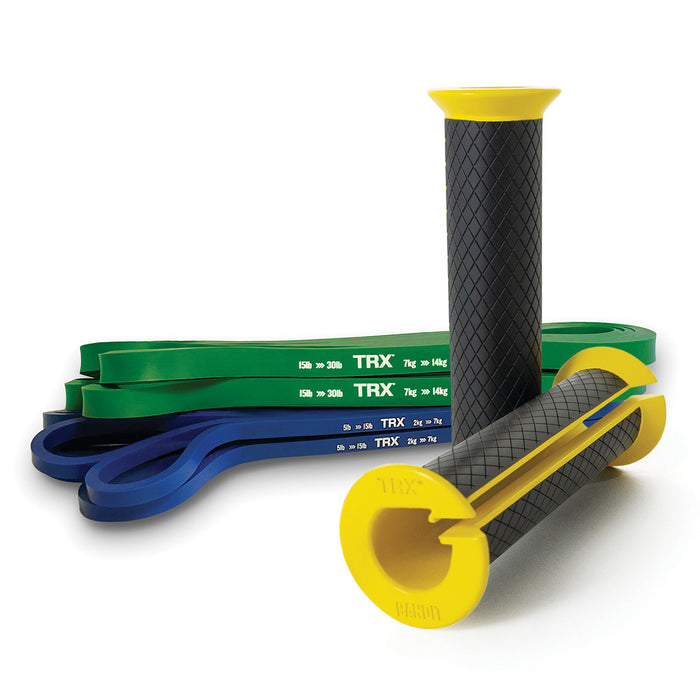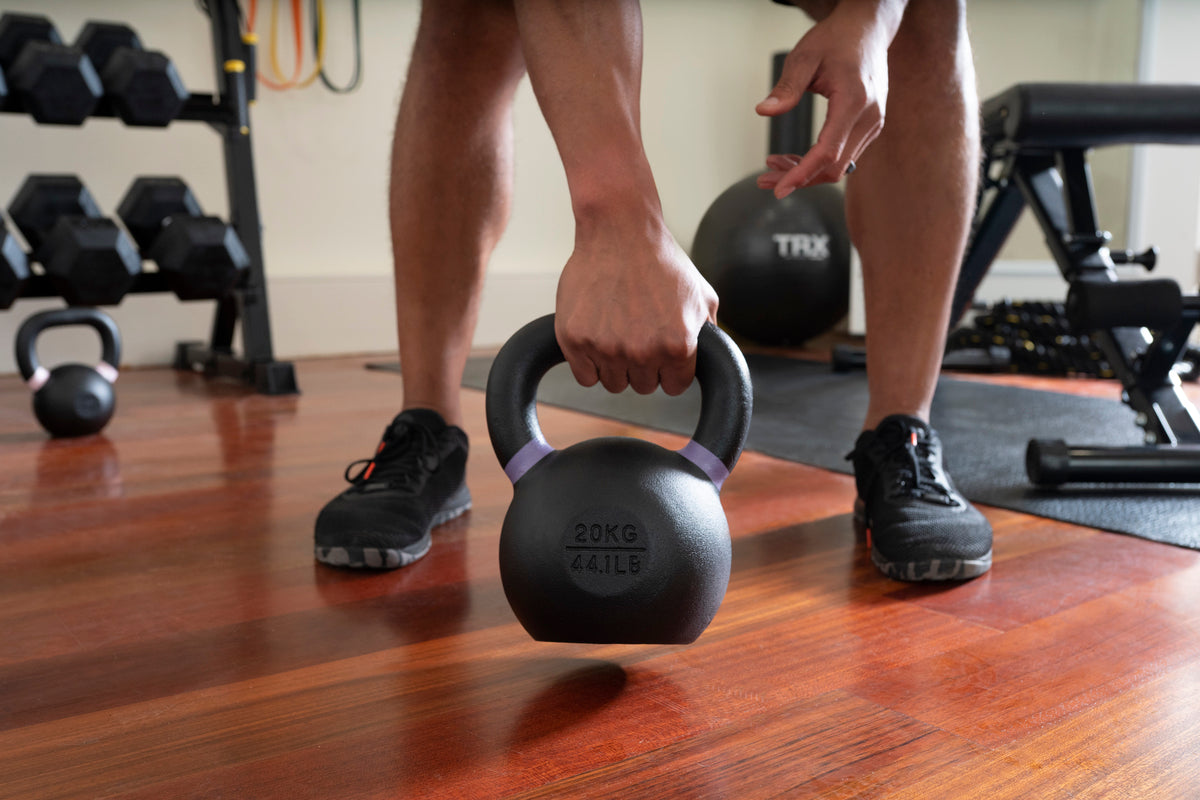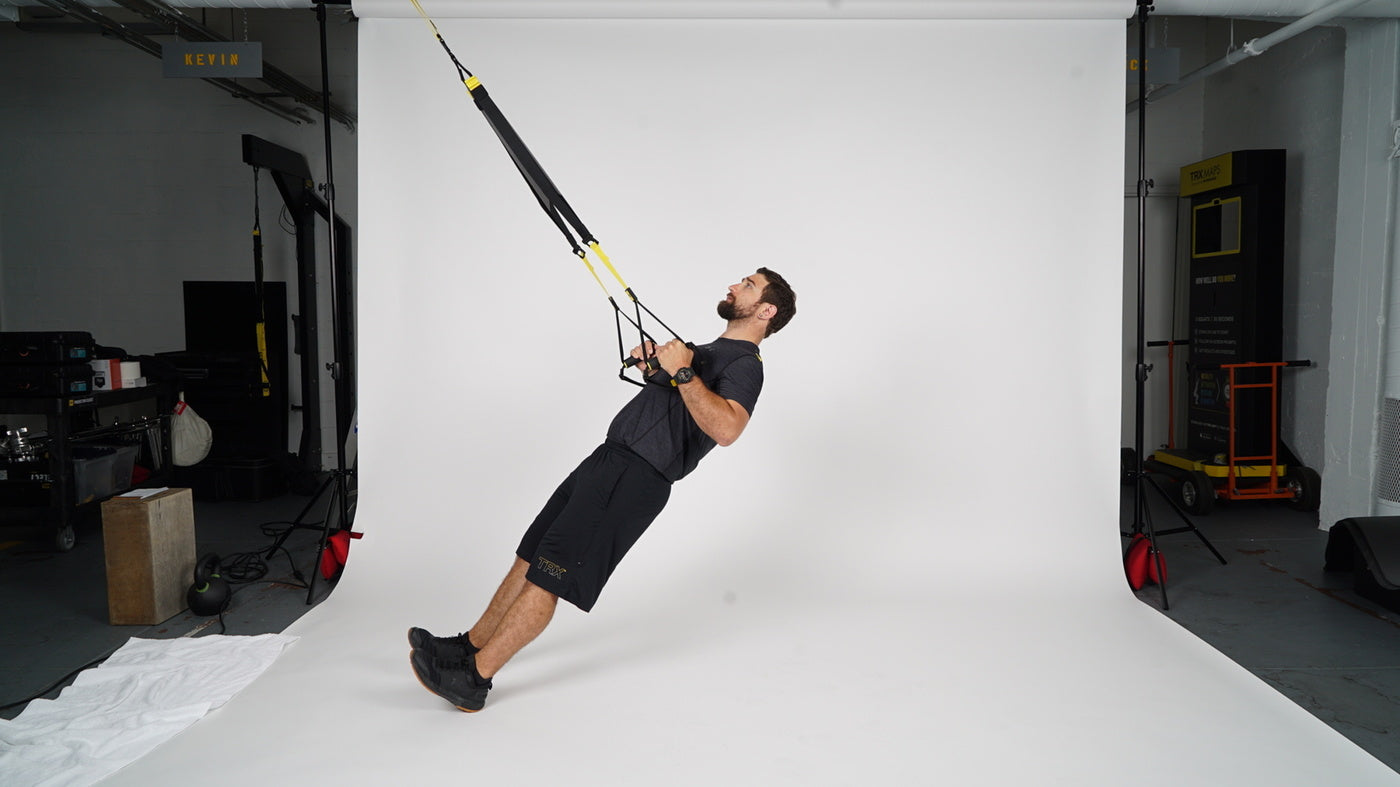Should you do cardio after leg day? That’s the age-old question. Some might worry cardio will kill gains while others swear by it. In this post, we will dive deep into the science behind this question and provide insights to help you make the best decision during your workouts.
Can You Do Cardio After Leg Day?
Absolutely! Incorporating cardio after leg day can be a fantastic addition to your training routine, offering multiple benefits for both performance and recovery. (Want to find the perfect post-leg day cardio routine for your specific fitness level and goals? Our quick assessment quiz can create a personalized plan just for you!) Not only does it contribute to a well-rounded training approach, but when done correctly, it can actually enhance muscle growth and recovery - we'll dive deeper into those benefits shortly.
The key lies in selecting the right type and intensity of cardio that complements your leg training rather than hindering recovery. Our interactive exercise platform can help you determine the optimal cardio duration and intensity based on your workout volume and recovery capacity. While cardio after legs can be beneficial, going too hard or too long can compromise your form when muscles are already fatigued, potentially increasing muscle soreness and extending recovery time.
Take Our Training Quiz
What Type of Cardio is Best After Leg Day?
There are many types of cardio that you can choose to do the day after leg day and your fitness level/goals* will determine how hard you should go, but for the average person, it’s a good idea to keep the intensity low to moderate and the duration on the shorter side, around 20 - 40 minutes. The goal is to work the cardiovascular system and increase the blood flow to the muscles of the legs, but to not work harder than you did the day before, so as not to delay the recovery process.
The following exercises allow for active recovery while still working the muscles & burning calories:
- Low-Impact Cardio: Activities like swimming or using an elliptical machine can provide cardiovascular benefits without placing excessive strain on the leg muscles or joints of the lower body.
- Low to Moderate Intensity Cycling: Lighter cycling specifically targets the leg muscles, and helps improve lower body endurance and cardiovascular fitness.
- Walking or Light Jogging: If you prefer a more relaxed form of cardio, walking or light jogging can be beneficial. Treadmills have shock absorption to make things easier on the joints. If you’re outside, you’ll want to avoid hills and stay on mostly flat terrain if you can. Going uphill requires a lot more work from the hamstrings and glutes while going downhill puts more stress on the quads and knees.
- TRX Cardio Circuits: If you have a suspension trainer or your gym owns a pair, TRX cardio circuits are great way to build cardiovascular endurance. The resistance and instability cause your body to work harder than normal, increasing bloodflow to the muscles and burning calories at a rate faster than regular cardio. If you have a suspension trainer, keep reading because we’ll share a cardio circuit you can do today.
All four of these options will help your muscles recover and, more importantly, grow. Experiment with different exercises for each type of cardio to see what you like best. For inspiration, try one of our cardio classes at TRX Training Club:

Benefits of Doing Cardio After Leg Day
Reduced Soreness the Day After
Cardiovascular exercise increases blood circulation throughout your body, including the muscles you targeted during your leg workout. This enhanced blood flow delivers oxygen and nutrients to the muscles while removing metabolic waste products, like lactic acid, which can contribute to muscle soreness. Additionally, the movement involved in cardio exercise can help alleviate stiffness and improve overall mobility.
Increased Cardiovascular Performance
Even if you’re not going at max effort, performing cardio exercises regularly helps improve your endurance and aerobic capacity. By getting your heart rate up and keeping it up, you stimulate adaptations that improve your heart’s efficiency. This can result in an increased ability to sustain physical activity for longer periods and at higher intensities. Over time, this improved endurance can positively impact your cardiovascular health with a lower heart rate and decreased blood pressure.
Caloric Deficit
For those doing a near-daily activity as part of a fat-loss or weight-loss program, it’s important to get into a calorie deficit. Along with maintaining a suitable diet, cardio sessions can help with increased calorie expenditure in the following ways:
Fat Burning: Cardio exercises primarily rely on stored fat as a fuel source. When you are in a calorie deficit, your body starts to tap into its fat stores for energy. By incorporating cardio exercise, you can enhance the fat-burning process, especially when performed after a hard leg workout. The leg workout depletes glycogen stores in the leg muscles, leading to a higher reliance on fat as an energy source during subsequent cardio exercise.
Metabolic boost: Engaging in cardio workouts can increase your metabolic rate, both during and after the exercise session. This is known as the "afterburn effect" or excess post-exercise oxygen consumption (EPOC). After intense cardio exercise, your body requires additional oxygen to restore itself to its pre-exercise state. This process involves energy expenditure, leading to an elevated metabolic rate for a period of time even after you've finished exercising. This can contribute to additional calorie burn and support your weight loss efforts.
Faster & Better Recovery
Active recovery: Engaging in low-impact cardiovascular activity acts as a form of active recovery. It keeps your muscles moving and promotes gentle stretching and contraction, which helps prevent them from becoming stiff and tight. By maintaining some level of activity, you stimulate blood flow without putting excessive strain on the already fatigued muscles.
Flushes out metabolic byproducts: During a strenuous workout, metabolic byproducts, such as lactic acid, accumulate in the muscles. These byproducts can contribute to muscle soreness. Cardiovascular activity can assist in flushing out these byproducts, aiding in the recovery process and reducing soreness.
Try one of our TRX products today:
How to Recover from Cardio After Leg Day
Of course, you should also try to recover from cardio if you do it after leg day. An intense cardio session can leave you feeling the sore next day, so here are some ways to recover.
Stretching Routine
If you’ve ever experienced calf pain after running, you know what a nuisance it can be. A well-structured stretching routine plays a crucial role in aiding the recovery process after a lot of leg work. You’ll want to make sure to stretch the major muscle groups of the lower body - glutes, quads, hamstrings, adductors, and calves - at the end of each workout after your heart rate has lowered. Stretching aids in realigning muscle fibers, reducing tightness, and reducing the risk of post-workout muscle imbalances. It’s also a great way to lower your heart rate and calm your mind at the end of your workout.
Ice Bath
Ice baths, also known as cold-water immersion, have gained popularity as a recovery technique among athletes and fitness enthusiasts. The principle behind an ice bath is cold therapy, which helps to reduce inflammation, swelling, and muscle soreness. After your workout, immersing your lower body in ice-cold water for around 10-15 minutes (or 5 minutes, if it’s your first time) can constrict blood vessels, causing a decrease in tissue metabolism and inflammation. This process helps remove metabolic waste products, reduce tissue damage, and promote a faster recovery.
Foam Roller
Foam rolling, also called self-myofascial release, is a self-massage technique that utilizes a foam roller to target tight and tender areas of the muscles. The pressure applied by the foam roller helps release muscle tension and trigger points, improving blood circulation. Foam rolling the quads, IT Bands, adductors, and calves can keep your lower body feeling and working its best.
Massage Gun
Massage guns have gained popularity as a convenient and effective recovery tool. These handheld devices use percussive therapy to deliver rapid bursts of pressure to the muscles. By utilizing a massage gun on the leg muscles post-workout, you can experience similar benefits to those obtained from traditional massage therapy. The vibrations produced by the massage gun help increase blood flow, reduce muscle tension, and promote relaxation. This aids in flushing out toxins, reducing muscle soreness, and accelerating the recovery process.
TRX Cardio Circuit
As we mentioned above, cardio circuits can help burn extra calories while also actively repairing your worn-out muscles. A simple 15-20 minute cardio circuit after your leg day can also add an emphasis on every major lower body muscle group, allowing for an extra push in your leg strength.
If you have access to a suspension trainer at your home or gym, here’s a circuit you can do after your next workout:
Exercise: TRX Jump Squats
- Reps: 10-15
- Sets: 3-4
- Rest Time: 30 seconds
Exercise: TRX Mountain Climbers
- Reps: 15-20 (each leg)
- Sets: 3-4
- Rest Time: 30 seconds
Exercise: TRX Burpees
- Reps: 8-12
- Sets: 3-4
- Rest Time: 30 seconds
Exercise: TRX High Knees
- Reps: 20-30 (each leg)
- Sets: 3-4
- Rest Time: 30 seconds
This isn’t the only TRX cardio circuit that you can do either. There are dozens of other routines you can try at the TRX Training Club.
Final Thoughts
In conclusion, it’s completely safe and in fact, recommended to do cardio after leg day. Not only does it help with recovery, but it helps increase your performance, assists in muscle growth, and helps you keep your body composition on the leaner side.
Remember, the intensity and duration of whichever cardio exercise you choose should be tailored to your fitness level and individual circumstances.
Now that you know how best to tailor your workout schedule, it’s time to get out there!

